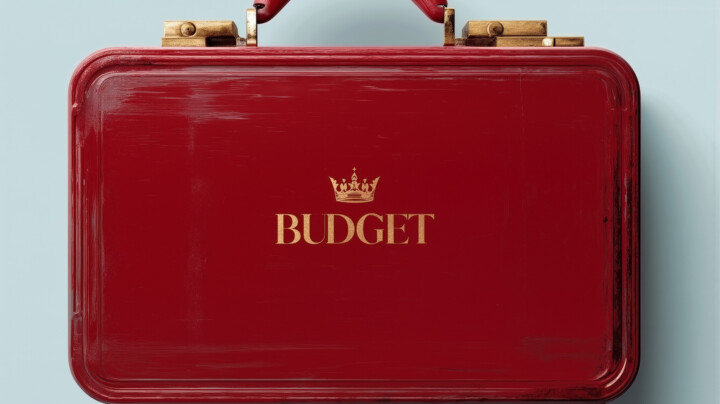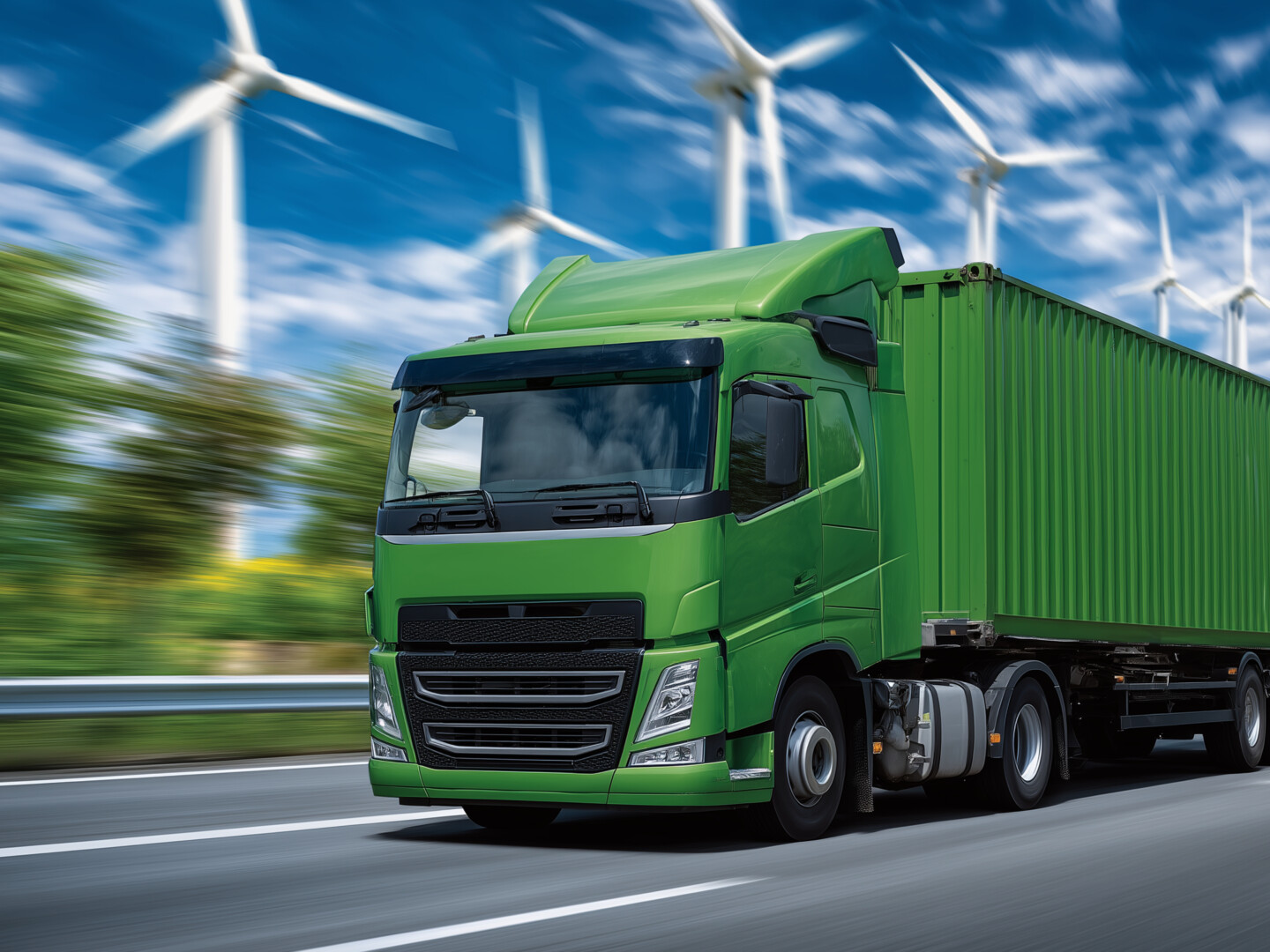


Sustainability isn’t just a buzzword anymore, it’s a business imperative. As consumers become more environmentally conscious and regulations tighten, companies must examine their supply chain management to ensure they’re meeting modern standards for ethical and sustainable practices.
But how do you know if your supply chain truly measures up? Many businesses think they’re doing enough, only to discover hidden issues that could damage their reputation and bottom line. The good news is that there are clear indicators you can look for to assess your supply chain’s sustainability performance.
This guide will walk you through five key signs that show your supply chain is genuinely sustainable, helping you identify areas of strength and opportunities for improvement.
A sustainable supply chain goes beyond simply meeting basic compliance requirements. It encompasses environmental responsibility, social equity, and economic viability across all stages of your operations, from raw material sourcing to final product delivery.
Sustainable supply chains consider the long-term impact of business decisions on people, planet, and profit. They involve partnerships with suppliers who share similar values and implement practices that reduce waste, minimise environmental impact, and ensure fair treatment of workers throughout the entire network.
The challenge is that supply chains are complex, often involving multiple tiers of suppliers across different countries and industries. This complexity makes it difficult to maintain visibility and control over every aspect of your operations.
The foundation of any sustainable supply chain starts with knowing who you’re working with. If your supply chain is truly sustainable, you’ll have robust systems in place for verifying and certifying your suppliers.
Sustainable supply chains feature regular, thorough audits of all suppliers. These aren’t just box-ticking exercises, they’re comprehensive assessments that evaluate environmental practices, working conditions, and ethical standards. Professional auditing services help ensure these evaluations are conducted fairly and thoroughly.
Companies like Alcumus SafeContractor specialise in helping businesses verify that their suppliers meet safety, environmental, and ethical standards. Their platform allows you to manage complex supply chains with reliable data and reporting tools, ensuring contractors and suppliers align with your values.
Look for suppliers who hold relevant certifications such as ISO 14001 for environmental management, ISO 9001 for quality management and ISO 45001 for H&S management.
Your suppliers should be able to provide clear documentation of their sustainability efforts, including environmental impact assessments, worker safety records, and ethical sourcing policies. This documentation should be regularly updated and easily accessible.
Transparency is crucial for sustainable supply chains. You can’t manage what you can’t see, and many sustainability issues occur deep within complex supply networks.
A sustainable supply chain provides visibility beyond your immediate suppliers. You should know who your suppliers’ suppliers are, especially for high-risk materials or regions. This multi-tier visibility helps identify potential issues before they become problems.
Modern sustainable supply chains use technology to track materials and products throughout their journey. This includes tracking the origin of raw materials, monitoring transportation methods, and documenting storage conditions.
Suppliers in sustainable supply chains are willing to share information about their practices and challenges. They view transparency as a partnership opportunity rather than a burden, working collaboratively to address issues and improve performance.
Sustainable supply chains don’t just talk about environmental responsibility, they measure and report on it consistently.
Your suppliers should actively monitor and report their carbon emissions. This includes not just direct emissions from their operations, but also indirect emissions from energy use and transportation. Many sustainable suppliers set science-based targets for emission reductions.
Look for suppliers who have implemented comprehensive waste reduction programmes. This might include recycling initiatives, packaging optimisation, or circular economy principles that keep materials in use for as long as possible.
Sustainable suppliers typically have programmes in place to reduce water consumption and improve energy efficiency. They often invest in renewable energy sources and implement water conservation measures.
For suppliers operating in environmentally sensitive areas, biodiversity protection measures are essential. This might include habitat conservation, sustainable land use practices, or support for local conservation efforts.
Sustainability extends beyond environmental concerns to include social responsibility and ethical treatment of workers throughout your supply chain.
Sustainable supply chains ensure that workers throughout the network are treated fairly. This includes safe working conditions, fair wages, reasonable working hours, and respect for workers’ rights to organise.
Your suppliers should have clear policies and monitoring systems in place to prevent child labour and forced labour. This is particularly important for suppliers operating in high-risk regions or industries.
Sustainable suppliers often engage positively with their local communities. This might include supporting local employment, contributing to community development projects, or sourcing materials locally where possible.
Many sustainable supply chains actively promote diversity and inclusion, both within their own organisations and among their supplier networks. This includes supporting minority-owned businesses and promoting gender equality.
The final sign of a sustainable supply chain is a commitment to continuous improvement and innovation.
Sustainable supply chains feature regular performance reviews that assess not just cost and quality, but also sustainability metrics. These reviews identify areas for improvement and set targets for future performance.
Suppliers in sustainable supply chains often invest in new technologies that improve their environmental or social performance. This might include cleaner production methods, renewable energy systems, or improved worker safety equipment.
When issues arise, sustainable supply chains approach them collaboratively. Suppliers and buyers work together to find solutions that benefit all parties while improving overall sustainability performance.
Rather than constantly switching suppliers based solely on price, sustainable supply chains build long-term partnerships. These relationships allow for greater investment in sustainability improvements and better collaboration on complex challenges.
Implementing sustainable supply chain practices isn’t just about doing the right thing, it makes good business sense too.
Sustainable supply chains are more resilient to disruptions. By diversifying suppliers, ensuring good working conditions, and maintaining environmental standards, you reduce the risk of supply chain failures that could impact your business.
Many sustainability initiatives actually reduce costs over time. Energy efficiency improvements, waste reduction, and optimised transportation can all lead to significant savings.
Consumers increasingly choose brands based on their sustainability credentials. A sustainable supply chain helps protect and enhance your brand reputation.
With increasing regulations around sustainability reporting and supply chain due diligence, sustainable practices help ensure compliance and avoid potential penalties.
Creating a sustainable supply chain is an ongoing journey, not a destination. It requires commitment, investment, and continuous improvement. But the benefits, for your business, your stakeholders, and the planet, make it a worthwhile endeavour.
Start by assessing your current supply chain against these five key signs. Identify areas where you’re performing well and areas that need improvement. Remember, you don’t have to do this alone, professional services like those offered by Alcumus SafeContractor can help you manage the complexity of supplier verification and compliance.
The transition to sustainable supply chains is accelerating, and businesses that act now will be better positioned for future success. By focusing on comprehensive supplier verification, transparency, environmental performance, ethical practices, and continuous improvement, you can build a supply chain that not only meets today’s requirements but is prepared for tomorrow’s challenges.
Your supply chain is only as strong as its weakest link. Make sure every link reflects your commitment to sustainability.